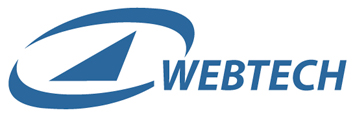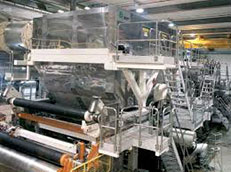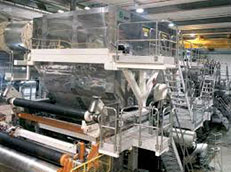


Best Practices for Energy Efficiency in Paper and Tissue Mills
Organized by Natural Resources Canada, FPInnovations and PAPTAC
Organisé par Ressources Naturelles Canada, FPInnovations et PAPTAC
When:
Dec. 10, 2020
14:00 – 15:00 ET
Speakers:
Lawrence Yane &
Nivethan Thambirajah
Click here to register Click here to register
ABOUT THE WEBINAR SERIES
The Pulp and Paper Technical Association of Canada (PAPTAC), in collaboration with the Natural Resources Canada (NRCan) and FPInnovations will be hosting a series of webinar on opportunities for advanced manufacturing in Canada’s forest sector. The purpose of the webinar is to share knowledge on emerging or commercially available technologies with industry and demonstrate how they can be implemented.
The onset of the COVID-19 pandemic resulted in unprecedented economic turbulence and lower demand for almost all forest products, as well as increased operating costs in order to ensure health and safety of workers. More importantly, COVID-19 compounds existing challenges including declining timber supply due to wildfires and pests, trade disputes with the U.S., and declining demand for printing and writing paper products.
NRCan, FPInnovations and PAPTAC actively support the forest sector transformation and view advanced manufacturing as a key strategy to make the sector more competitive and resilient. While great strides were made over the past decades on energy efficiency and the use of renewable energy in the forest sector, NRCan, FPInnovations and PAPTAC are fully committed to build on that momentum and provide industry the tools required to realize the full potential of the circular bioeconomy.
ABSTRACT
Thermal and electrical energy represents a significant portion of total operating costs for paper and tissue mills. A significant portion of this energy is used to heat air to provide an optimal sheet drying environment, improve Runnability and supply heat the machine room. Developing and executing an effective energy conservation and recovery strategy is essential for remaining competitive in the market and reducing greenhouse emissions. This presentation will cover the following key components of this strategy:
Optimization: Poorly designed or poorly operated hoods and hood air systems can directly lead to excess energy consumption. Developing specific solutions to address this can be complex and often requires a comprehensive audit conducted by third party specialists. This presentation will include the methodology for typical audits, provide general best practises, baseline testing, and industry standards. A study of data collected from several recent audits was used to generate a summary of the most common problems along with the requisite actions required to optimize the air systems. These actions were categorized according to ease of implementation and payback/benefit. While some projects require capital expenditures, there are occasionally some important ‘low-hanging fruit/maintenance actions’ that can result in significant improvements.
Heat Recovery/Equipment Upgrades: Heat exchangers can be used to recover a significant amount of energy from air exhaust streams in paper and tissue mills. A successful project requires a proper assessment of all available heat sources and heat sinks to determine which are the most economically-viable with regard to payback. Factors to consider include: the amount of sensible heat available, the amount of latent heat available, suitable heat sinks, their proximity to the heat source, the overall project capital cost and the cost of energy.
This presentation will help to identify those projects that have the greatest impact and shortest return on investment along with case studies from past projects.
|
Lawrence Yane and Nivethan “Niv” Thambirajah are both engineers for Enerquin Air based at Corporate Headquarters in Montreal Quebec. As Sales Manager and Project Engineer respectively, they both work closely with clients on paper air systems issues, focusing on drying efficiency and optimization which are key factors for maximum production and profitability. |



